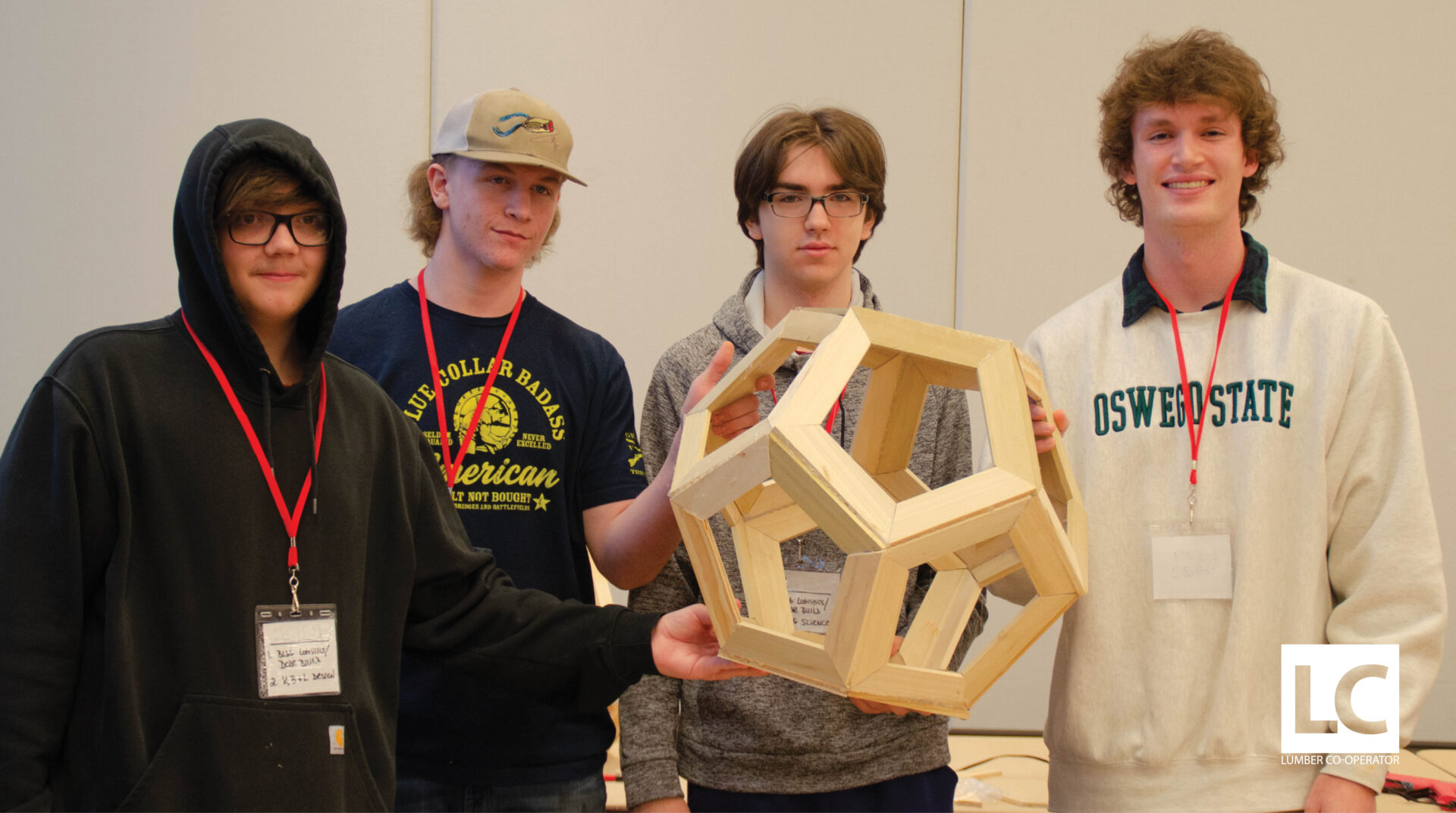The construction industry is the backbone of modern society, responsible for building and maintaining homes, roads, schools, and the infrastructure that keeps our economy moving. Yet a significant crisis looms over this essential industry: a severe shortage of skilled labor. With an aging workforce and fewer young people entering the trades, construction companies—and the lumber dealers that supply them—are struggling to meet demand. While this presents a major challenge, it also creates enormous career opportunities for those willing to step into the field. According to the Associated General Contractors of America, the industry needs hundreds of thousands of workers to keep up with demand. For lumber dealers, this labor gap directly impacts business, as fewer contractors mean fewer material purchases and slower project timelines.



BRIDGING THE LABOR GAP
The Northeast Construction Trades Workforce Coalition, Inc. (NCTWC) began as a task force under the Saratoga Builders Association (SBA) to explore why young people were not considering the trades as a career choice. Doug Ford and Pam Stott, long-term employees of Curtis Lumber, accepted the challenge and have dedicated years to collaborating with schools, industry professionals, and local communities to address this labor deficit. Their work is helping create a new generation of skilled professionals—directly benefiting lumber dealers by ensuring a steady demand for building materials in the years to come.


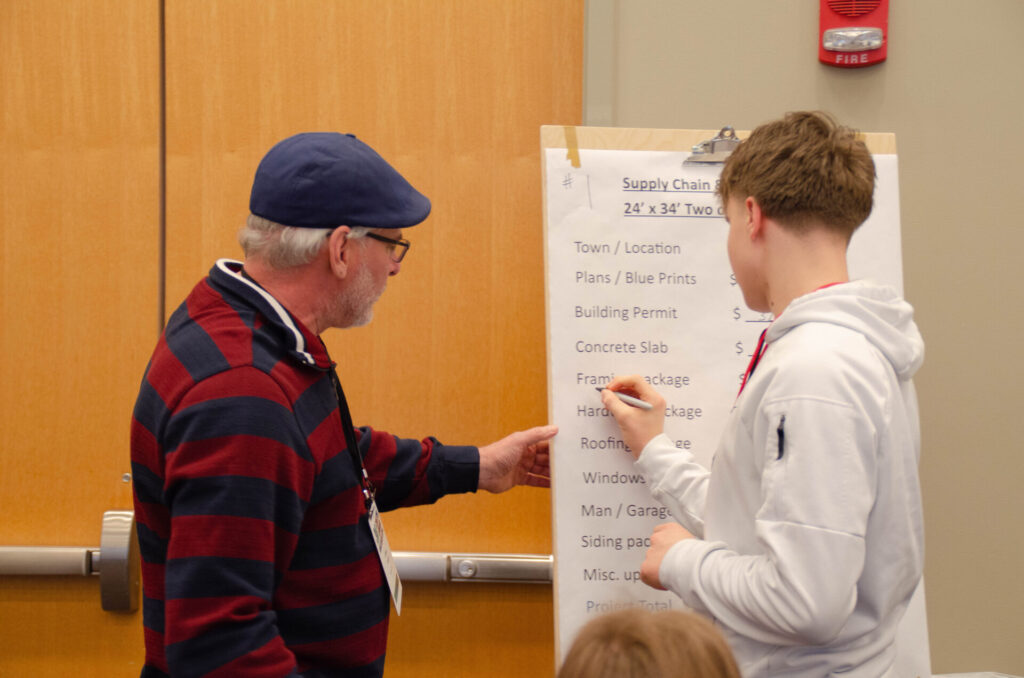
KEY INITIATIVES TO INSPIRE THE NEXT GENERATION
Hands-On Learning Experiences
NCTWC offers hands-on educational programs for students from second grade through high school, introducing them to construction activities led by industry professionals. These programs highlight the connection between classroom learning and real-world trade skills.
It starts with planting the seed as second graders build a toolbox, measuring with the tape measure, working with their hands, and being a carpenter for one hour. Middle school students build a 12-sided geometric shape that requires strong teamwork, planning, economics, and assembly technique. Meet the Builder presentations provide students with an opportunity to engage with field professionals who share their experiences and discuss the various career opportunities and skills involved in home and commercial building. Visits to active construction sites and tours of local businesses offer students hands-on field exposure to careers in the trades. Job shadowing gives students valuable one-on-one time with a professional to explore a career of their interest more in-depth.
These hands-on experiences not only spark curiosity but also equip students with the foundational skills and knowledge to explore fulfilling careers in the trades as well as those that support the trades. By connecting education with real-world applications, NCTWC is shaping the next generation of skilled professionals and innovators in the construction industry.
Dispelling Misconceptions
One of the biggest barriers to entering the trades is misinformation. Outdated stereotypes still paint the trades as low-paying and physically grueling with limited career advancement, deterring students from considering them as viable careers. NCTWC actively counters these misconceptions by providing data and success stories that highlight the financial and career growth opportunities in the trades. Their programs demonstrate how skilled workers can earn salaries comparable to or exceeding those of college graduates, without student loan debt. College and the trades should not be viewed as mutually exclusive but as different paths to success. Trades are a respected, tech-driven field with room for advancement—benefiting both workers and the industries that rely on them.
Connecting Academics to Real-World Applications
Students often struggle to see the relevance of subjects they study in school to a career in today’s trades. NCTWC bridges this gap between academics and practical skills. Geometry, science, math, technology, and design come alive through the construction-related activities they offer. For example, carpentry and masonry illustrate geometric principles.
Structural engineering demonstrates applied physics. 3D modeling and drone surveying introduce students to the tech-savvy side of modern construction. The increased use of technology in construction requires more technical expertise alongside hands-on craftsmanship. By making these connections, NCTWC helps students see how academic skills are directly relevant to rewarding trade careers—making them more likely to consider pursuing vocational paths.
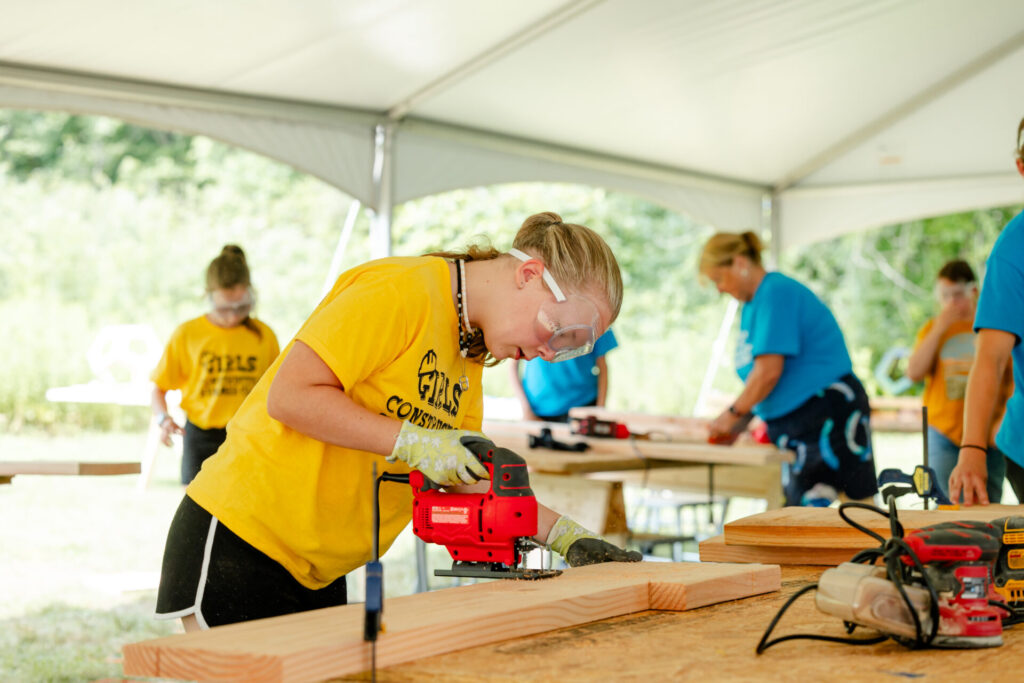
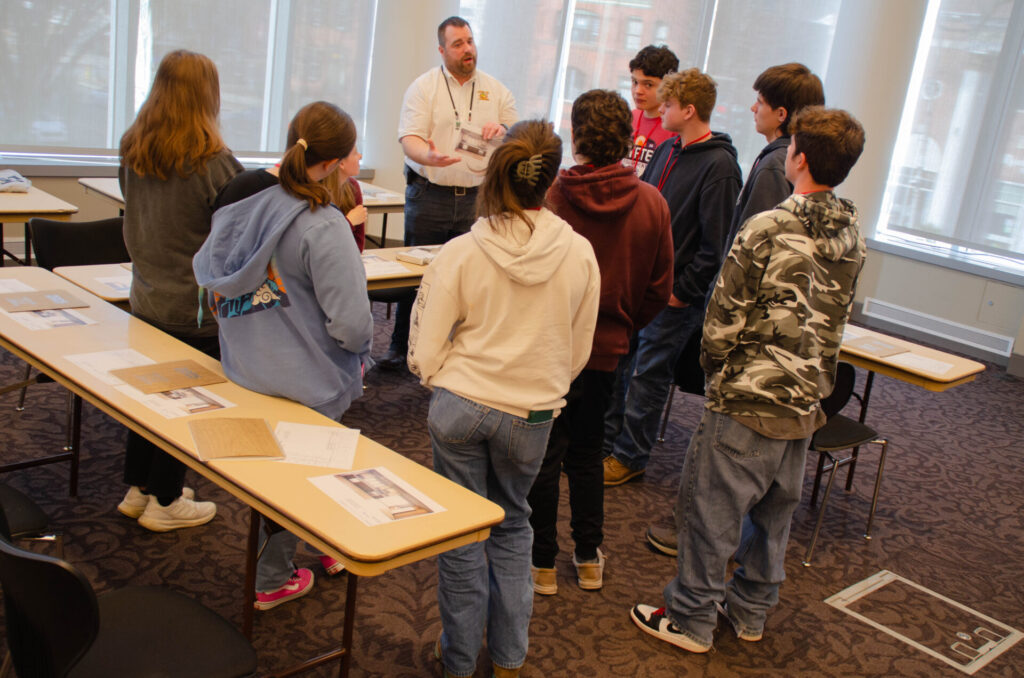
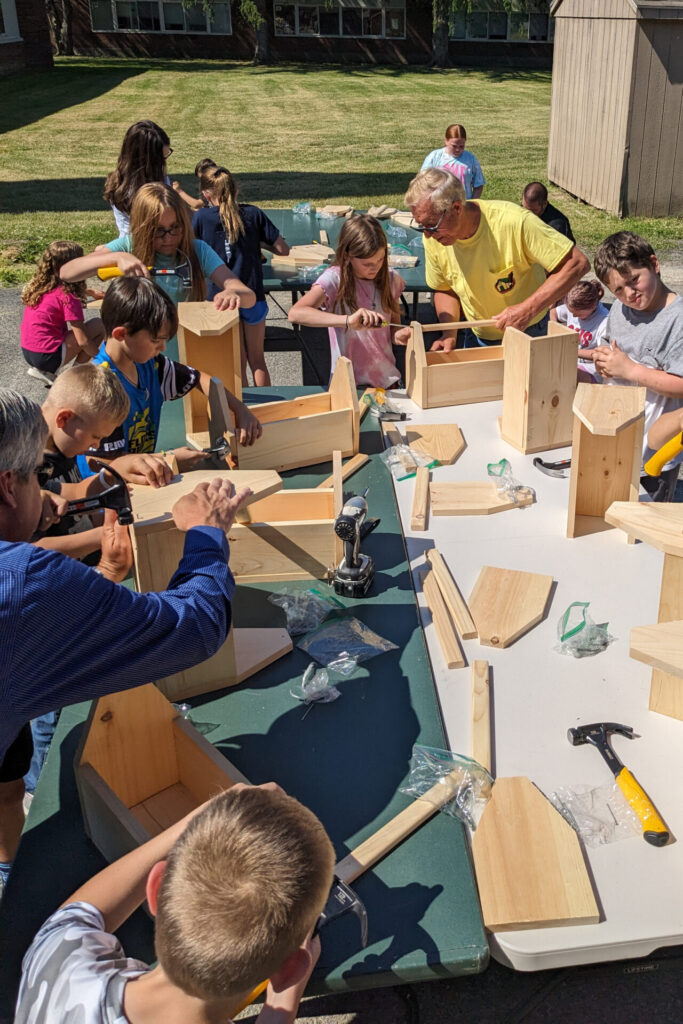
Promoting Gender Diversity in the Trades
The construction industry has historically been male-dominated, but NCTWC is actively promoting gender diversity. By highlighting the achievements of women in the field and conducting female-specific programs and outreach efforts, the coalition encourages more women to consider construction as an inclusive industry with viable opportunities. Increasing gender diversity broadens the talent pool, helping the industry address its labor shortage.
BUILDING A STRONGER FUTURE
By reshaping the conversation around vocational careers and investing in workforce development, the construction industry can bridge the labor gap and ensure a strong future for skilled trades. NCTWC is playing a vital role in shaping the future of the construction workforce by actively engaging with students, addressing misconceptions, and providing meaningful exposure to the trades. The trades should not be viewed as a fallback option but rather as a strategic, rewarding career choice that offers stability, financial independence, and opportunities for lifelong growth.
This article was featured in the May/June 2025 Lumber Co-operator. To see this article and others featured in this issue, click here.
The Northeast Construction Trades Workforce Coalition is a 501(c)(6) non-profit organization with a mission “to educate, inspire, and connect people in pursuit of rewarding careers in the trades, driving economic growth while building and sustaining our communities.” With more than 80 member organizations, the coalition is committed to ensuring the construction sector remains strong, innovative, and well-staffed with skilled professionals ready to build the world of tomorrow. To learn more, visit www.nctwc.org.

